At its peak, following the last ice age, Ireland was covered in forest. The first humans, initially hunter gatherers, arrived around 9000 years ago. About 6000 years ago the forests began to disappear as farming began to take hold. By 1600, forest cover was still substantial, but as population pressure grew, and in particular clearance for sheep grazing, by 1800 less than 1% remained. Even by European standards of destruction, this was an impressive feat.
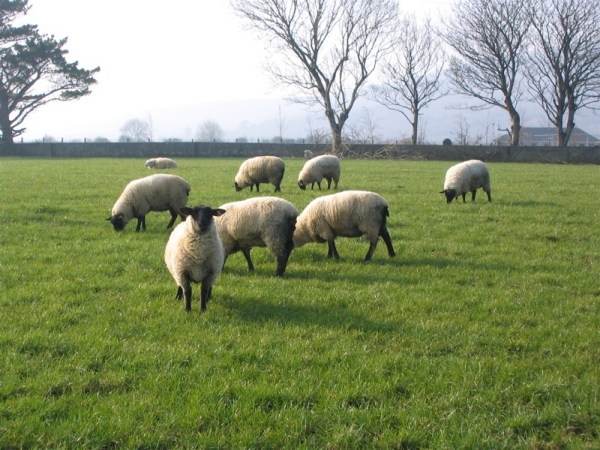
Today, Ireland has around 10.5% forest cover, still placing it at the bottom in the list of European countries. The average in Europe is about 30% – Finland leads with 73%, and even heavily developed Germany has 32%. Ireland trails even the Netherlands, with a population density of 416 people per square kilometre, compared to 69 for Ireland.
Ireland is nearly unique among developed countries in that its population is far below its peak. In 1841, the current area of the Republic of Ireland had a population of 8.51 million. The Great Famine initiated nearly a century of population decline, as both starvation and emigration took their toll, and by 1926 the population had been reduced to less than 3 million.
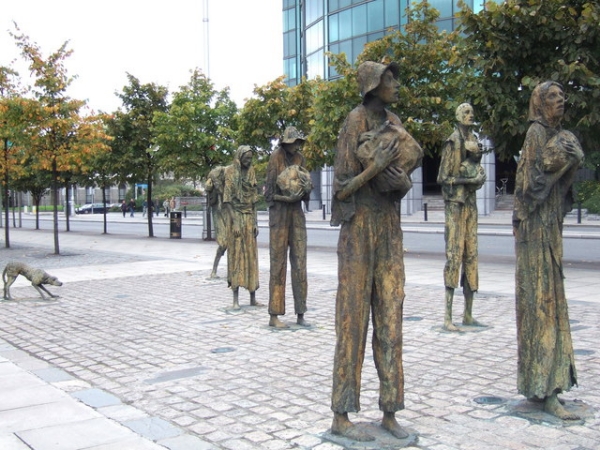
The causes of the Great Famine are complicated. The best land was reserved to meat production for primarily British consumers, and when a potato blight struck, destroying around half of the potato crop, exports of potatoes to Britain continued apace as impoverished primarily Catholic Irish could not pay the required prices. Ireland always produced enough food to feed its people, but most of it was exported to Britain, similar to what happened with other famines under British rule, such as in India. Some Irish saw and still see this as a form of genocide.
But back to the forests.
Ireland is now afforesting quite rapidly, and aims to get to 18% cover by 2046. The government has policies in place to support private landowners planting forest, and now almost 45% of Irish forest is privately owned. Unfortunately, the vast majority of this is non-native, mostly Sitka Spruce, planted mainly for its potential use for timber and paper.
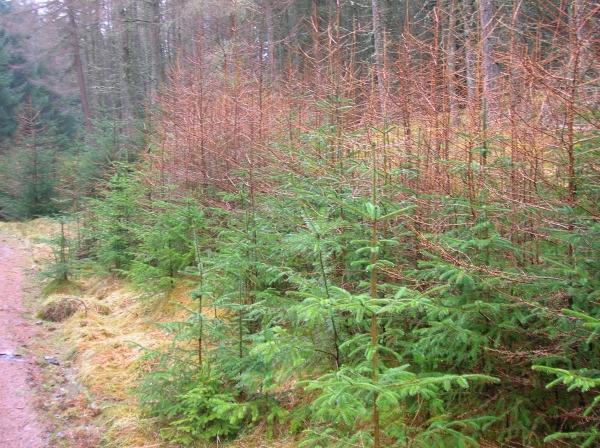
Wandering around Ireland, the Sitka Spruce ‘forests’ feel dead. Almost no birdlife, and an acidic soil that prevents anything else growing under them. The largest patches of natural forest grow in Killarney National Park, which by contrast is lush and alive, supporting a wide range of flora and fauna. However, the entire reserve is a tiny 102 square kilometres.
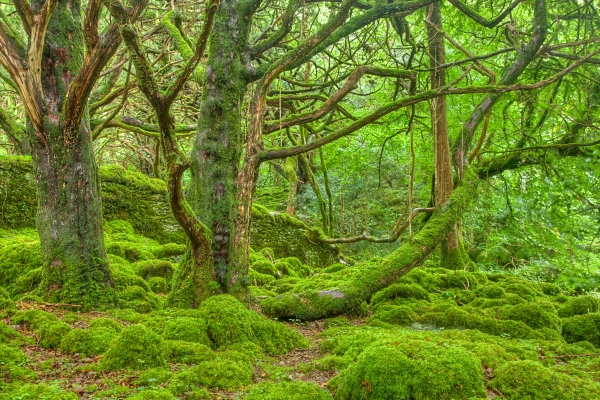
It was Ireland’s first national park, created in 1932, and until 1984, the only national park in the country. There are now 6 in total, protecting just under 1% of the country. Ireland is certainly lagging in this regard,
But it’s intriguing to me too see how much sway meat production has in the country. I have visited three national parks while here. Killarney, which is heavily wooded, as well as the Burren and Connemara. The latter two have almost no tree cover. What’s more, they don’t look like getting any soon. In the Burren, the reserve seems to find it important to preserve the concept of winter grazing, and is concerned about animal farmers moving to less taxing means of production, and no longer grazing the Burren.
The Burren is unique – beautifully stark and rocky, with numerous rare species. The famous quote “There isn’t tree to hang a man, water to drown a man nor soil to bury a man” purportedly comes from one of Oliver Cromwell’s general during his campaigns in Ireland in the 1600s. And yet once it too was covered in forest.
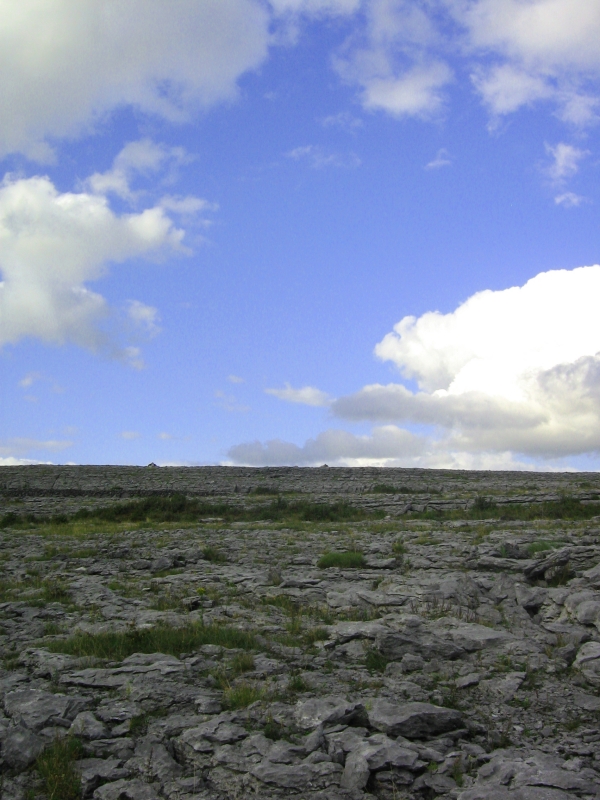
Connemara National Park is similar. Sheep and goats graze right to the top of the highest peak. I can understand that it’s been thousands of years since trees grew in these areas,and so conservation has a different meaning that in an area much more recently touched by humans, but I still find it strange that, with such a demand for afforestation, and government subsidies, there seems to be so little attempt to regrow the ancient wild forests that would once have covered the Emerald Isle.
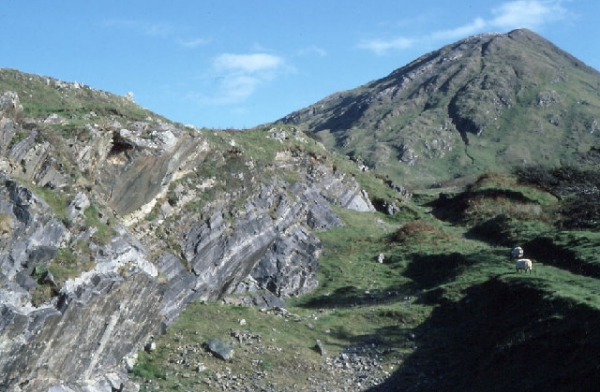
Images from Wikimedia Commons (1 2 3 4 5 6)
Related posts:
Thanks Ian for a good overview. However I think we must distinguish between monospecies plantations and forests. The latter by definition are diverse.
Another factor that should be added is the history of industrial extraction from Irish forests, rather than just clearance for grazing. When the British navy eventually defeated the Spanish Armada, much of the timber and iron with which it was built and armed was Irish; the iron was smelted with charcoal made with any timber not suited for shipbuilding. Numerous archaeological sites and distinctive glassy slag visible in country roads attest to the smelting and the timber extraction.
Thanks Michael. Yes, regarding plantations and forests – that was my point about the Sitka Spruce. The Irish government is subsidising afforestation, but the vast majority of it is sterile plantations, while diverse, natural forest cover seems to be stagnant.